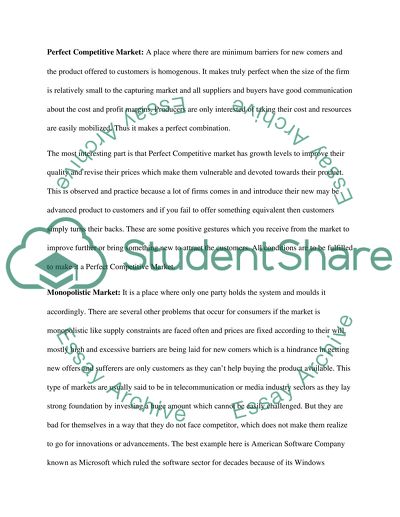Cite this document
(“Explain why perfectly competitive firms cannot make supernormal Essay - 1”, n.d.)
Explain why perfectly competitive firms cannot make supernormal Essay - 1. Retrieved from https://studentshare.org/macro-microeconomics/1579255-explain-why-perfectly-competitive-firms-cannot-make-supernormal-profits-in-the-long-run-but-monopolies-can
Explain why perfectly competitive firms cannot make supernormal Essay - 1. Retrieved from https://studentshare.org/macro-microeconomics/1579255-explain-why-perfectly-competitive-firms-cannot-make-supernormal-profits-in-the-long-run-but-monopolies-can
(Explain Why Perfectly Competitive Firms Cannot Make Supernormal Essay - 1)
Explain Why Perfectly Competitive Firms Cannot Make Supernormal Essay - 1. https://studentshare.org/macro-microeconomics/1579255-explain-why-perfectly-competitive-firms-cannot-make-supernormal-profits-in-the-long-run-but-monopolies-can.
Explain Why Perfectly Competitive Firms Cannot Make Supernormal Essay - 1. https://studentshare.org/macro-microeconomics/1579255-explain-why-perfectly-competitive-firms-cannot-make-supernormal-profits-in-the-long-run-but-monopolies-can.
“Explain Why Perfectly Competitive Firms Cannot Make Supernormal Essay - 1”, n.d. https://studentshare.org/macro-microeconomics/1579255-explain-why-perfectly-competitive-firms-cannot-make-supernormal-profits-in-the-long-run-but-monopolies-can.


